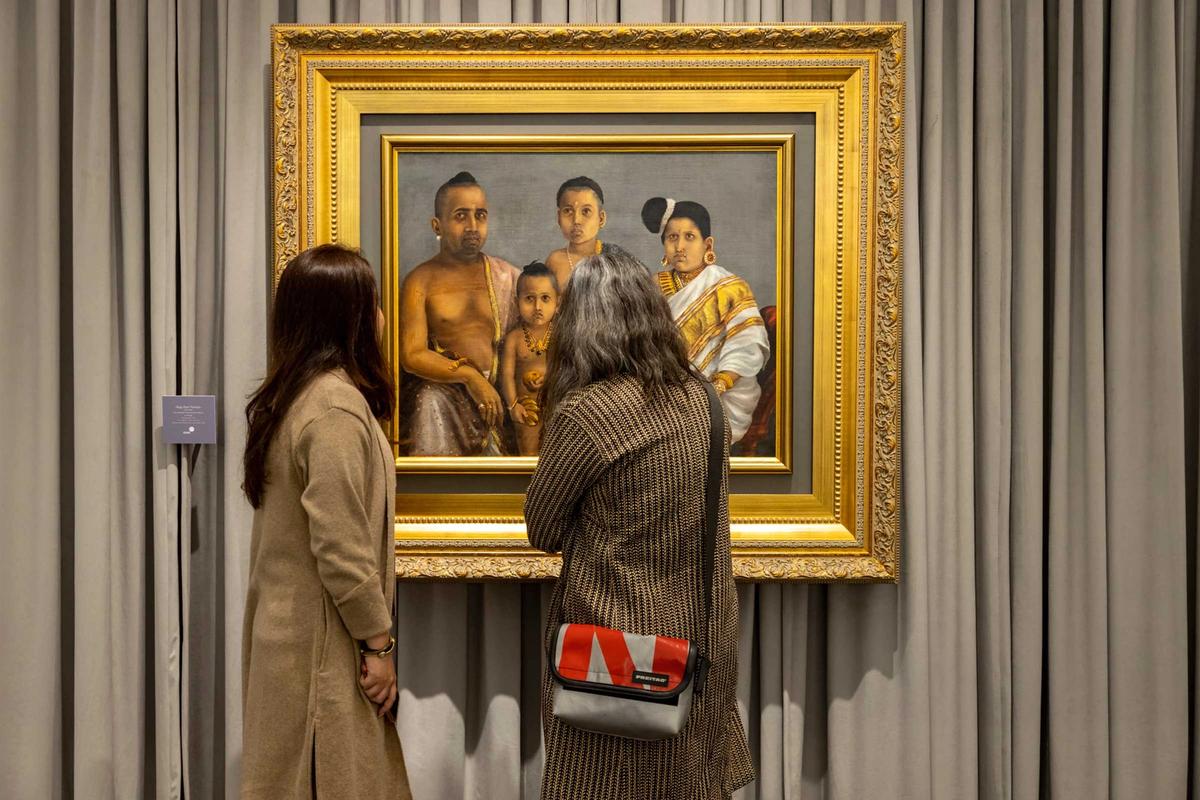Marking its 15th anniversary this week, the India Art Fair (IAF) in New Delhi, South Asia’s premier commercial art event, returns to the NSIC Exhibition Grounds (1-4 February) for its largest edition to date, with 72 galleries. “India’s art market continues to grow as its wider economy expands. And we are growing with it,” says the fair’s director, Jaya Asokan.
It was a different picture when the fair launched in 2008. The Indian art market had suddenly bottomed out after a spectacular six-year boom period. The climb back has been slow, but secondary market figures are now exceeding those late-2000s heights, while growing numbers of private institutions, foundations and biennials have fostered a more sustainable art ecosystem.
IAF is one of those institutions, Asokan points out, having played a vital supporting role for the market at a fragile time while also promoting the region’s non-profit organisations. Such efforts are paying off. “We’ve turned a corner,” Asokan says. “We might be smaller than other global markets, but we’re not nascent anymore.”
Perhaps the clearest sign of this maturation is increased competition. For 14 years IAF was the only notable fair in South Asia. That changed last year with the launch of Art Mumbai in November, organised by the heads of India’s largest auction house, SaffronArt. The Mumbai fair is boutique by comparison but has strong ambitions to grow (IAF’s first edition had fewer galleries than Art Mumbai’s). The presence of two major commercial art events in the country invites the question: is the market large enough to accommodate both?
“We congratulate Art Mumbai on its successful first edition and welcome the expansion of the ecosystem—an ecosystem we helped to establish,” Asokan says. “Of course, we are aware of the saturation point with events like ours. Collectors might not want to go to both—it’s natural to skip one. It’s not a bad thing.”
Design hasn’t been displayed properly in this country. We want to show it not as mass market, but as collectibleJaya Asokan, director, India Art Fair
In an expanding market, innovation is key, and this year IAF introduces a new design section (which Asokan says was planned before the launch of Art Mumbai). “Design hasn’t been displayed properly in this country,” Asokan says. “We want to show it not as mass market, but as collectible”. Design studios in the new section include Studio Renn (Mumbai) and Vikram Goyal (New Delhi).
The new section is also a nod to a key driving force behind the middle tier of India’s art market: interior designers buying works on behalf of their clients. This collector base is known to be one of the industry’s most reliable, and with many Indian cities witnessing construction booms, the demand for art to fill new homes is going nowhere.
“Each year at the fair we see many of our galleries do business with interior designers and also architects,” Asokan says. With this group of buyers now established, she hopes the fair can push the envelope of design further by “encouraging cross-pollination between disciplines", something that collectors from South Asia are "especially receptive to" due to its long and diverse traditions of artisanship and craft.
Innovation may be key to staying ahead of the competition, but when it comes to expanding the whole market, it seems IAF continues to play to the region’s historic strengths.


